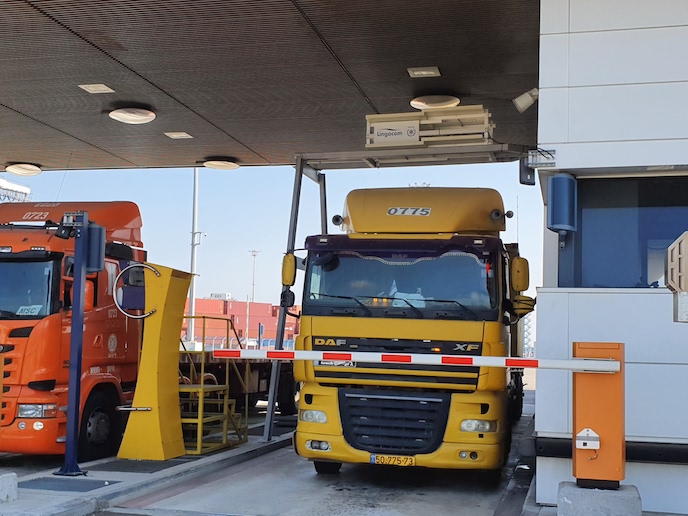New surveillance technologies designed to protect society’s soft targets
Whether it be airports, shopping centres, public transport, busy streets, concerts or sporting events, criminals and terrorists are increasingly choosing to target so-called ‘soft targets’. “Terrorists are exploiting the open nature of easily accessible public spaces through individual or coordinated hybrid attacks,” says Yana Lazarova, a project manager at CS GROUP. Handling such attacks requires collaboration and information exchange among all security stakeholders at all levels to achieve a real-time, holistic situational awareness. It also requires new surveillance and response technologies that can be deployed and used in a manner that does not compromise our open society. Delivering all the above is the EU-funded APPRAISE project. Collaborating with public operators and civil protection organisations, the project helped upgrade soft-target protection using such emerging technologies as big data analysis, artificial intelligence and advanced visualisation. “Together, these technologies enable a proactive, integrated, risk-based and resilience-oriented approach to preventing and responding to soft-target terrorist attacks,” adds Lazarova, who serves as the project’s coordinator.
35 tools to enhance the safety and security of public spaces
At the heart of the project is a modular security platform consisting of a number of technologies, all of which are fully compatible with legacy systems. Amongst these solutions is a digital-twin-based operations management system that provides aggregated alerts from social media and connected sensors directly to public and private security operators. Another key innovation is an audio surveillance tool that can detect and, in some cases, localise gunshots and screaming within indoor and outdoor environments. The project also developed a real-time, wide-area drone surveillance system and a high-tech video surveillance system. Both systems utilise advanced algorithms to detect abnormal activities. “The project developed more than 35 easily deployable tools designed to enhance the cyber and physical safety and security of public spaces,” explains Lazarova. CS Group, the project’s coordinating partner, has already integrated the most mature research results into its own products, some of which have been used at international sporting events.
Public acceptance of surveillance technologies requires education
Many of the tools were validated during four large-scale pilot exercises simulating a variety of soft-target attacks, including at an outdoor sporting event, a mass gathering at a stadium, an indoor shopping centre, and an exhibition and conference centre. Each simulation involved private security staff, private operators and local law enforcement agencies. The project also conducted a survey to better understand how society will likely accept the project’s surveillance technologies. “While cultural differences play a big role in whether new surveillance technologies will be accepted, society in general tends to question the use of data, even when this data is used to help ensure their safety and security,” notes Lazarova. However, researchers did find that many stakeholders were more willing to accept or adopt the technologies after having seen them in action during the pilots. “This raises the question of whether education and familiarity are essential steps to the successful roll-out of novel, potentially life-saving, surveillance technologies,” concludes Lazarova. In addition to investigating this question, the project is now working to further advance the market uptake of its technologies.
Keywords
APPRAISE, surveillance, soft targets, technology, artificial intelligence, public spaces, terrorist attack, terrorists, security







